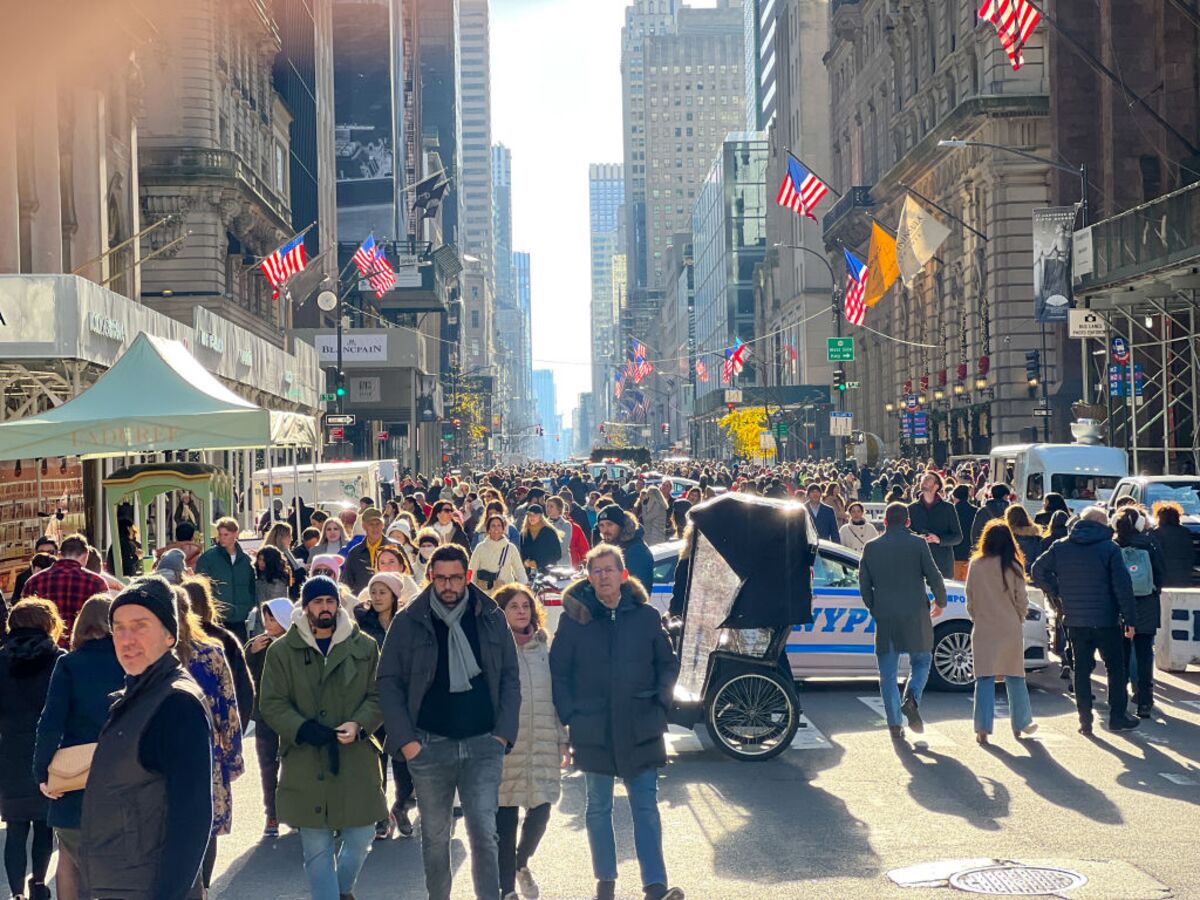The Pandemic Didn’t Upend US Geography §

Highlights §
- Three years later, big cities are still standing and where people live did not undergo a massive shift (View Highlight)
- A huge swath of knowledge work is no longer tied to the office. This shift to remote work has been devastating for central business districts, even as urban downtowns are reinventing themselves. (View Highlight)
- There has been a massive spike in housing prices and rents, a metastasizing problem of housing affordability that is plaguing communities of all shapes and sizes — big cities, small cities, established cities, upcoming cities, suburbs, and rural areas. (View Highlight)
- But big cities ultimately proved incredibly resilient. The urban exodus, such as it was, proved mainly temporary (View Highlight)
- Young people began to head back to cities to access their labor markets, amenities, dating pools and social opportunities. (View Highlight)
- while many millionaires did indeed leave New York City between 2020 and 2021, the city nonetheless gained ten thousand or so millionaires between 2020 and 2021. (View Highlight)
- Even San Francisco, which is often seen as the poster child of urban abandonment due to the combined effects of remote work and the tech downturn, as well as urban disorder and persistent homelessness, appears to be coming back. The city staunched most of its population decline, losing just about 3,000 residents as of July 2022. (View Highlight)
- The pandemic ultimately did little to change pre-existing population shifts in America, but rather subtly accelerated established trends. This includes the ongoing shift of population from more-expensive to less-expensive areas of the country, particularly to Sun Belt metros. (View Highlight)
- Another ongoing trend is that the majority of moves continue to be local. Instead of moving long distances, say from New York to Miami, or San Francisco to Austin, the large majority of American moves, at least 60% of them, were within the same county (View Highlight)
- When the pandemic struck, many thought it would benefit rural America, as Zoom towns in places like New York’s Hudson Valley and parts of more remote states like Montana and Wyoming saw significant inflows of people (View Highlight)
- rural or non-metropolitan areas clocked their largest population gains in more than a decade in 2020. Despite this, rural America continues to lag metropolitan areas in wage growth, according to data from the Upjohn Institute. (View Highlight)
- The pandemic, it was said, would fuel the rise of new tech hubs in places like Austin and Miami. But a closer look at the data shows little change in the geography of high-tech startups. (View Highlight)
- As Stanford University economist Nick Bloom and his team have been telling us, remote work is here to stay. The share of Americans who mainly work from home more than tripled over the course of the pandemic according to the most recent data from the US census, rising from 5.7%, or roughly nine million workers in 2019, to 17.9% or 27.6 million workers by the end of 2021. (View Highlight)
- While remote work enables people to spread out from superstar cities to suburbs, rural areas, and smaller communities, large cities also remain attractive to remote workers. (View Highlight)
- Urban neighborhoods have more of the coworking spaces, third places, and amenities that are of value to remote workers. They offer more entertainment options. And they have more people to interact with. (View Highlight)
- work has taken its toll on urban offices and central business districts. As of late March 2023, office occupancy remained less than half (49%) of what it was before the pandemic in the ten US cities tracked by Kastle’s Back to the Office Barometer. (View Highlight)
- central business districts are the last vestige of the industrial age’s packing and stacking of knowledge workers in vertical cubicle farms. Starting as long as two decades ago, many had already begun to add housing and cultural and entertainment amenities in an effort to transform themselves into central cultural, recreational, innovation and social districts. Above all, they should be considered central connectivity districts, where people come to interact and connect with one another. (View Highlight)
- downtown central business districts have been made and remade several times over the course of the late 19th and 20th centuries. They can and will be remade again — hopefully for the better, as more inclusive, mixed-use neighborhoods. (View Highlight)
- One thing that few pundits predicted three years ago is a massive surge in housing prices and rents. What Steve Case has long termed “the rise of the rest” has turned into the rise of the rent, as small increases in ongoing population and economic shifts have fueled huge increases in housing prices and rents, especially in once-affordable Sun Belt metros (View Highlight)
- Housing prices in metros like Cape Coral, Florida; Austin and Dallas, Texas; Phoenix, Arizona; and Ogden and Salt Lake City, Utah, rose by more than 50% between May 2020 and May 2022, (View Highlight)
- For the US as a whole, housing affordability surged to record lows in late 2022 when just 38% of all homes sold were affordable based on the median family income of $90,000 (View Highlight)
